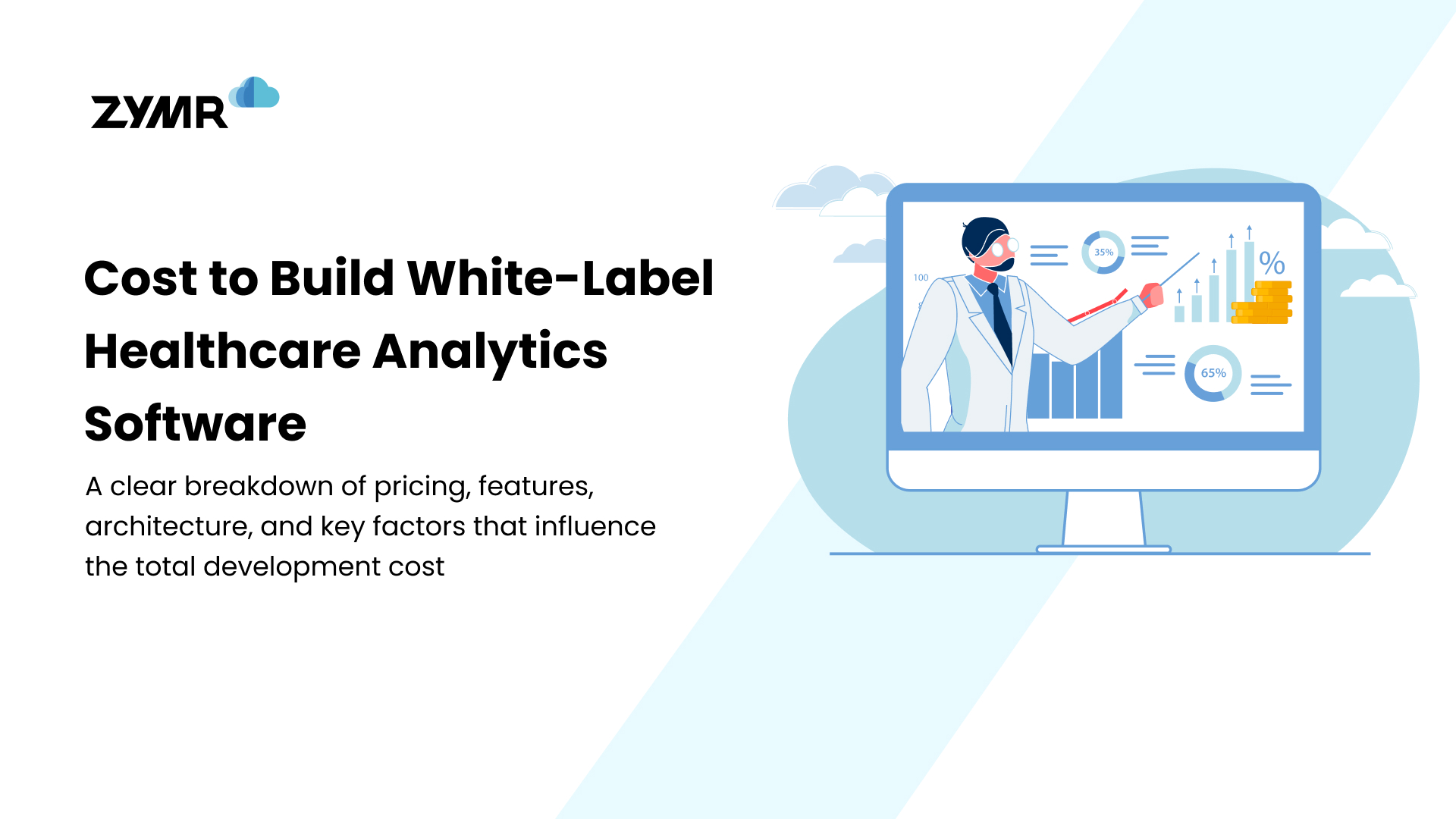The Multi-Cloud Era
With a growing realization that having just one-cloud stack isn’t enough, in 2022, we’ll see more organizations cherry-pick best-in-class cloud services. This proves that multi-cloud certainly powers the future of IT. Future-ready CIOs are shifting gears to embrace multi-cloud, pioneered by AWS, Azure, GCP, and others. Organizations leverage multi-cloud for a plethora of reasons wherein using it to ‘manage and scale the IT infrastructure’ tops the list. Not only is multi-cloud known to jumpstart digital transformation initiatives but it can also provide best-of-breed advantages. Without having an overarching multi-cloud environment strategy in place, organizations are at the mercy of their platform providers with no control over disastrous outages. Hence, they are hell-bent to make the right choice of cloud mix to enable resilient performance. One thing which should be prioritized is to build a strong security posture to support multi-cloud architecture. Let’s talk about security.
Digging Deeper -- Gearing Up Toward Solving Security Challenges Of Multi-Cloud Computing
As organizations struggle with a lot of multi-cloud challenges, in 2022, the focus will be on solving the barriers panning across security, performance, and observability. A recent survey highlights that while 95% of businesses are making multicloud a strategic priority in 2022, with security being top of mind (96%), only 54% feel highly confident that they have the tools or skills they need to execute. Strengthening the security posture is a major IT concern as multi-cloud has become the dominant cloud architecture.
Multi-cloud security is critical to business growth. However, security remains to be the biggest concern for the organizations. Misconfiguration, user access controls, data governance, visibility issues, application hardening, shared security model are some of the security threats that need to be addressed in the multi-cloud environment. There is a reason why giants like Google and Microsoft are making their cloud environments more secure as cyberattacks increase, wrote CNBC.
IT leaders are on their toes to apply consistent security policies, migrate apps among clouds and data centers, gain more visibility and optimize performance, safeguard the complex environments in a unified security fabric, prioritize cloud governance and access control security, and scale visibility with protection to get the most out of multi-cloud. Here are the best practices you can follow for cloud security,
- Understand that cloud is a shared responsibility model where both cloud computing provider and its users need to understand the security obligations to maintain accountability. There should be no ambiguity around the security tasks that are handled by the cloud provider and the tasks that are handled by its users.
- Deploy an identity and access management (IAM) solution is essential to safeguard the multi-cloud environment. You can protect an identity with a single identity-as-a-service solution (IDaas). IAM gives a unified view into security policy of the entire organization.
- Establish and enforce cloud security policies, enable security logs, and secure your endpoints. Focus on compliance across clouds and double-check your compliance requirements. Enforce a unified security policy configuration.
- Make sure you encrypt data in motion. Encryption methods such as HTTPS, TLS, and SSL can protect data in motion. Use intrusion detection, prevention technology, and conduct audits and penetration testing to strengthen your security posture.
- Consider a CASB vendor. CASB deployment can help you manage unauthorized access, identify account takeovers, uncover shadow cloud IT, cloud data loss prevention (DLP), cloud phishing, malware threats, constant monitoring for new cloud risks, and more.
- Deploy with independent and native-cloud solutions as well as leverage SaaS products to consolidate security policy, reporting, deployment, etc.
You need to focus on,
- Cloud Workload Protection Platforms (CWPP) to review server security configurations on cloud systems.
- Cloud Security Posture Management (CSPM) for inventory and compliance testing.
- Cloud-Native Application Protection Platform (CNAPP) that combines the functionality of CWPP and CSPM.
- Kubernetes Security Posture Management (KSPM) to review CaaS configurations security.
- Cloud identity and entitlement management (CIEM) tools for oversight and control.
Experts reckon that 2022 is poised to be the year of multi-cloud hence we can expect more organizations to overcome these security challenges to head towards a successful multi-cloud deployment.
Conclusion
Zymr’s Multi-Cloud Services Can Help You Get An Edge In The Market
Zymr, a Silicon Valley-based organization with a cloud-first mindset, is committed to helping businesses get cloud done right. Our multi-cloud services can help you jumpstart your transformation journey to reap tremendous business benefits. We have dedicated cloud engineers who have hands-on experience across every aspect of the cloud ecosystem with a track record of enabling global businesses to fast-track their digital initiatives. Expand your business horizons with us.
FAQs
>
>
>
>
>
Have a specific concern bothering you?
Try our complimentary 2-week POV engagement
Our Latest Blogs

November 26, 2025
Healthcare Asset Management Software: Features, Benefits & Use Cases (2025 Guide)







.svg)
.svg)
.svg)
.svg)
.svg)
.svg)
